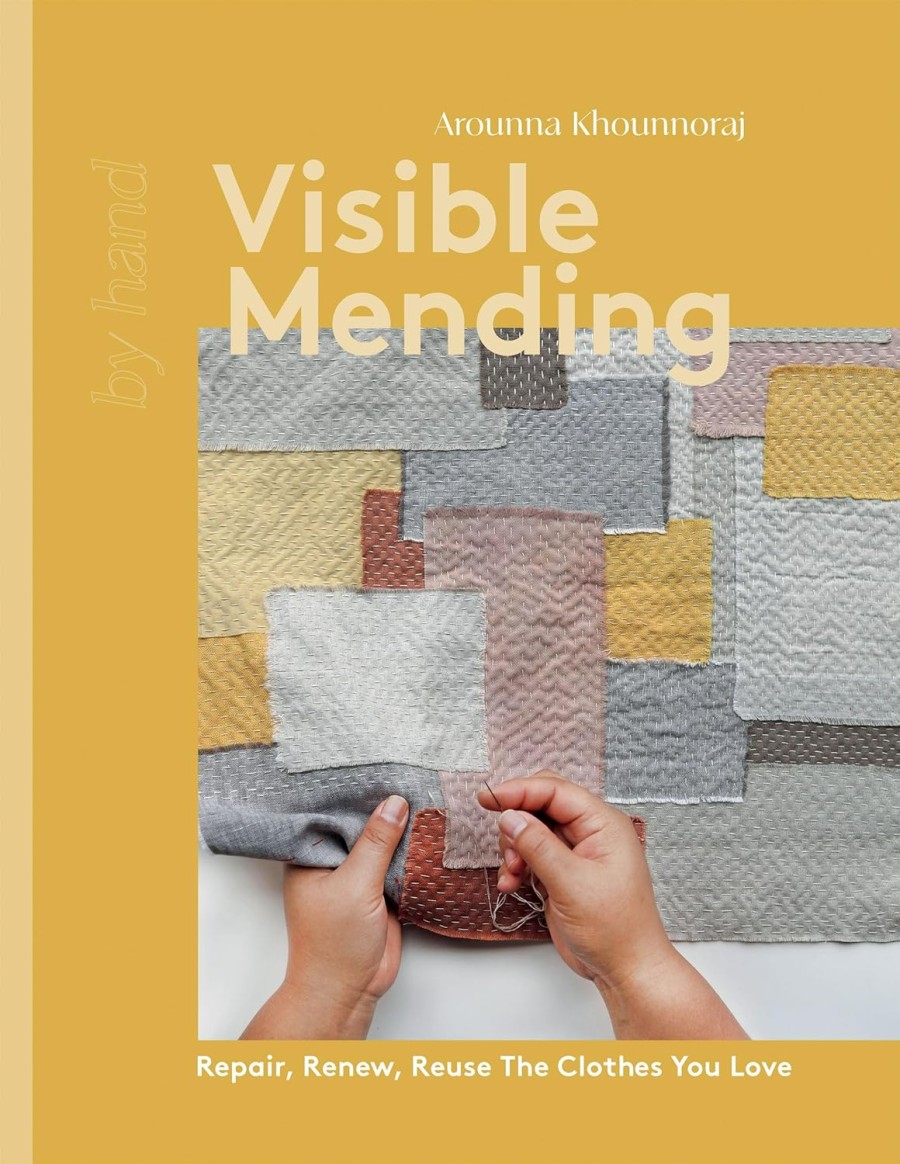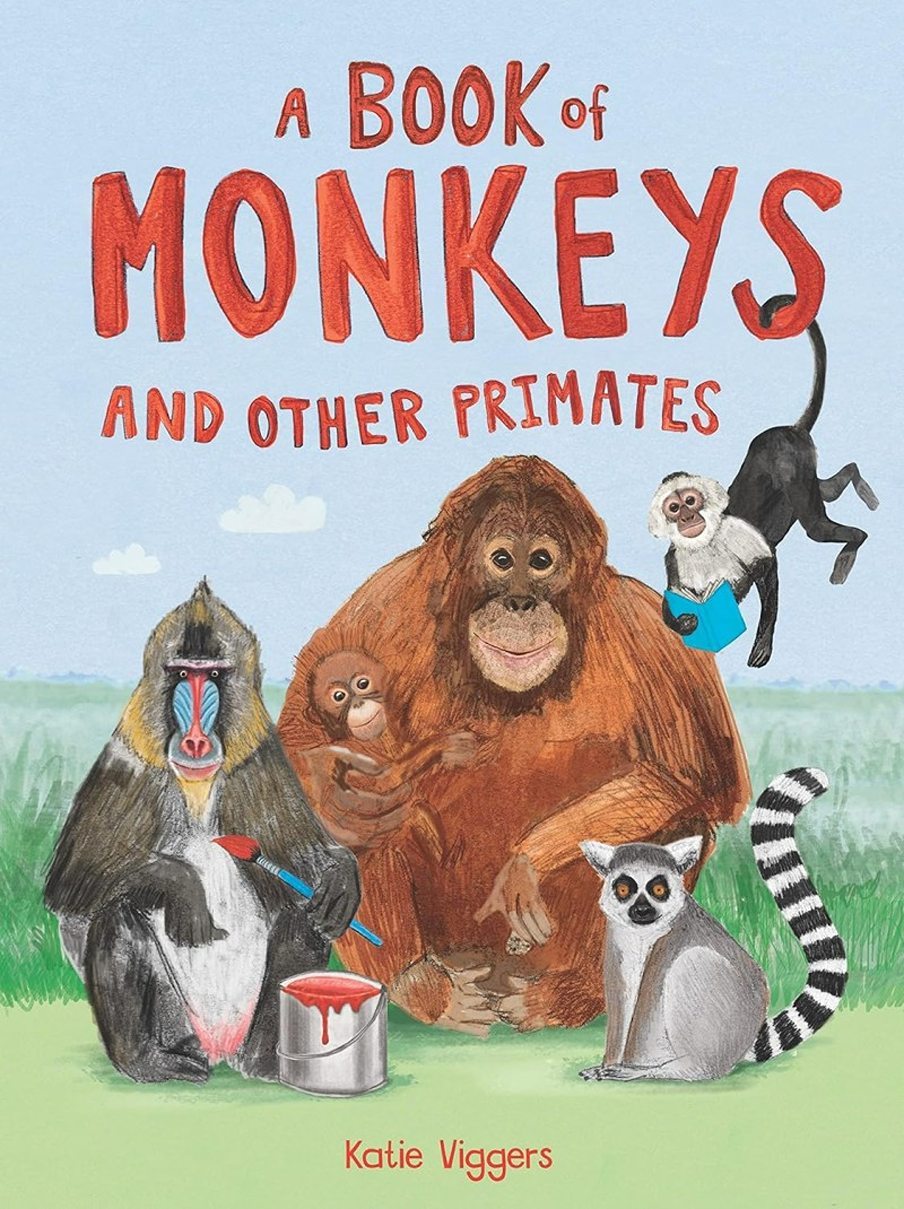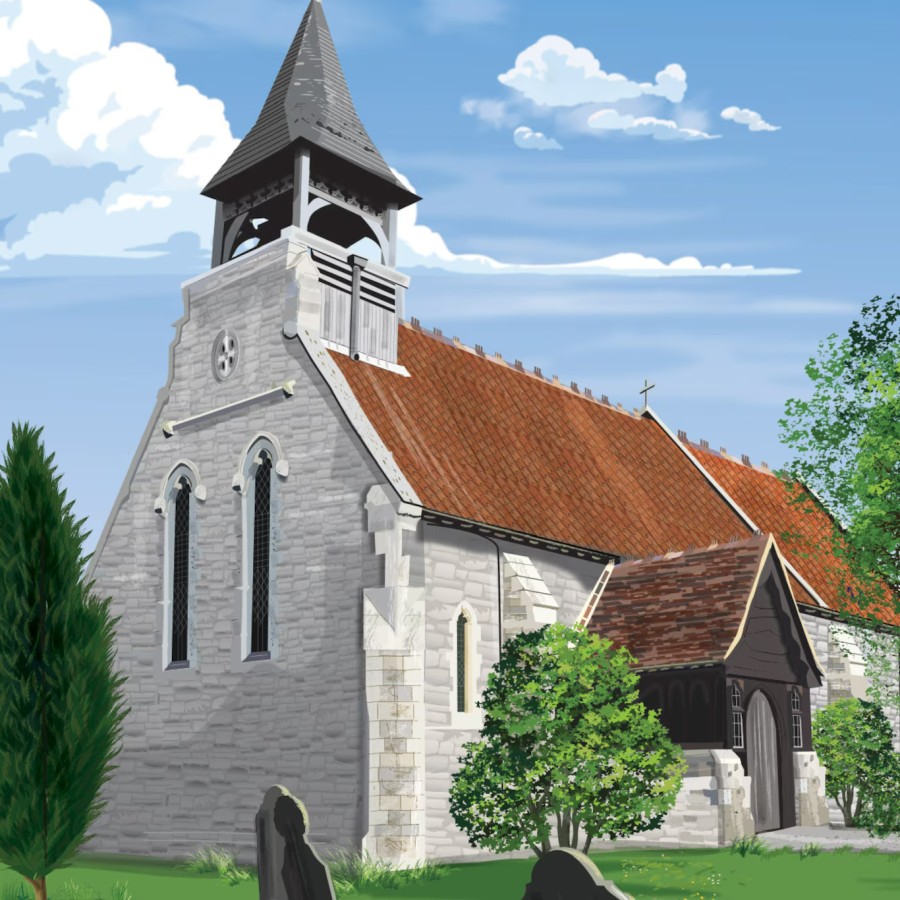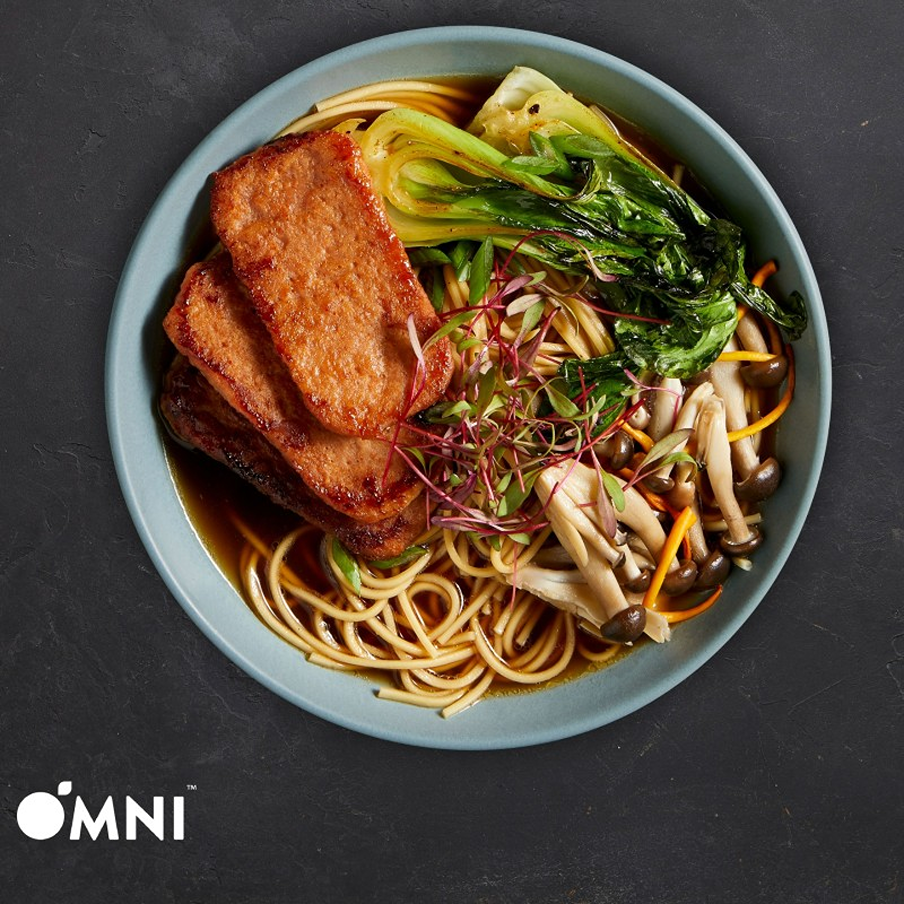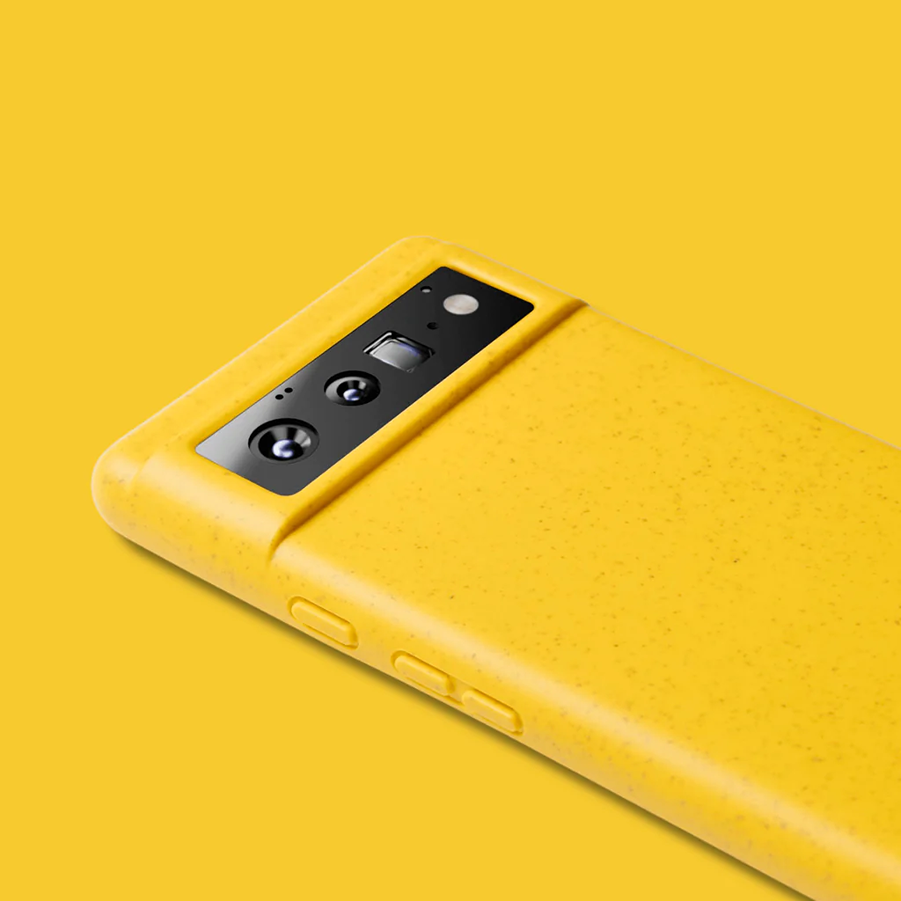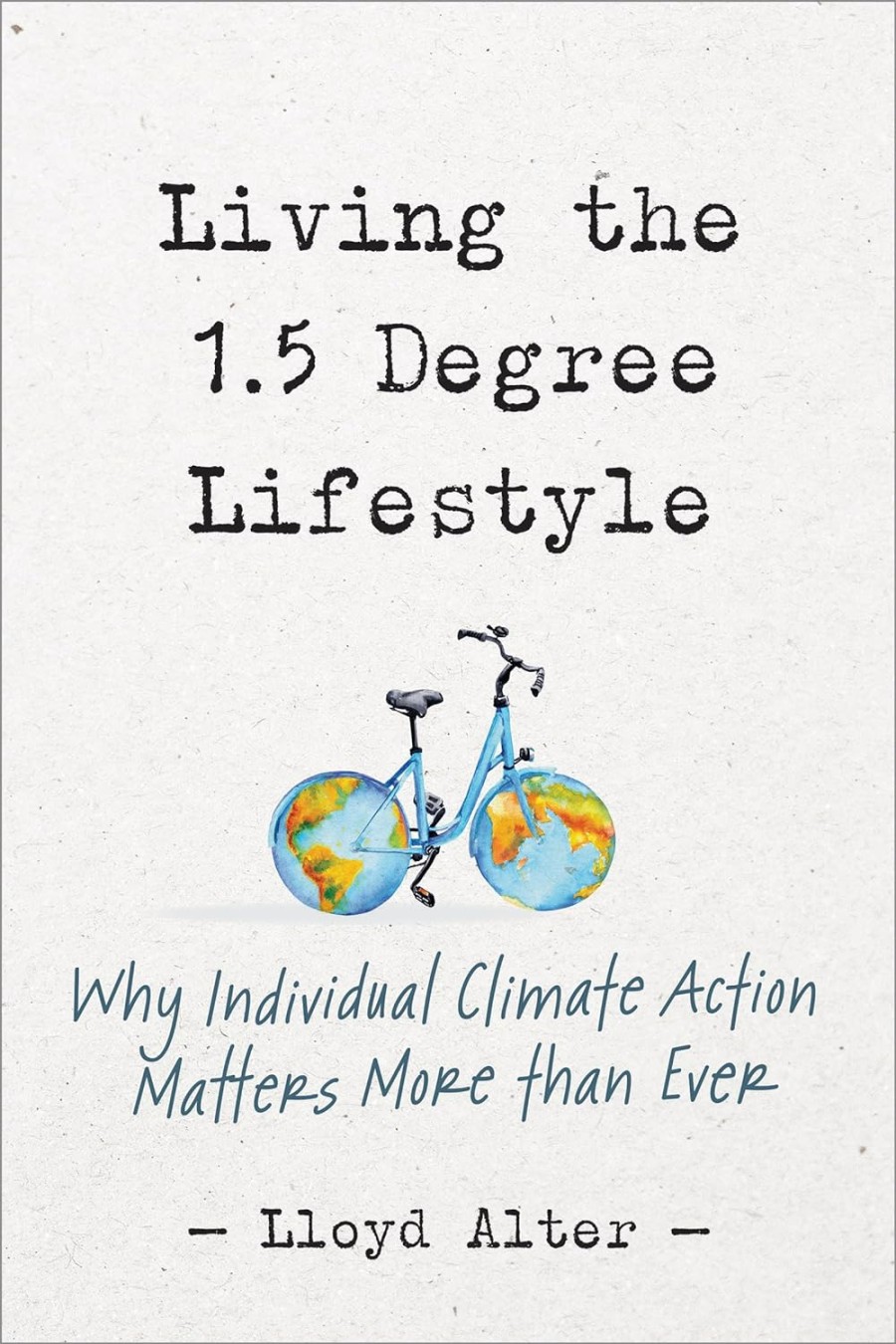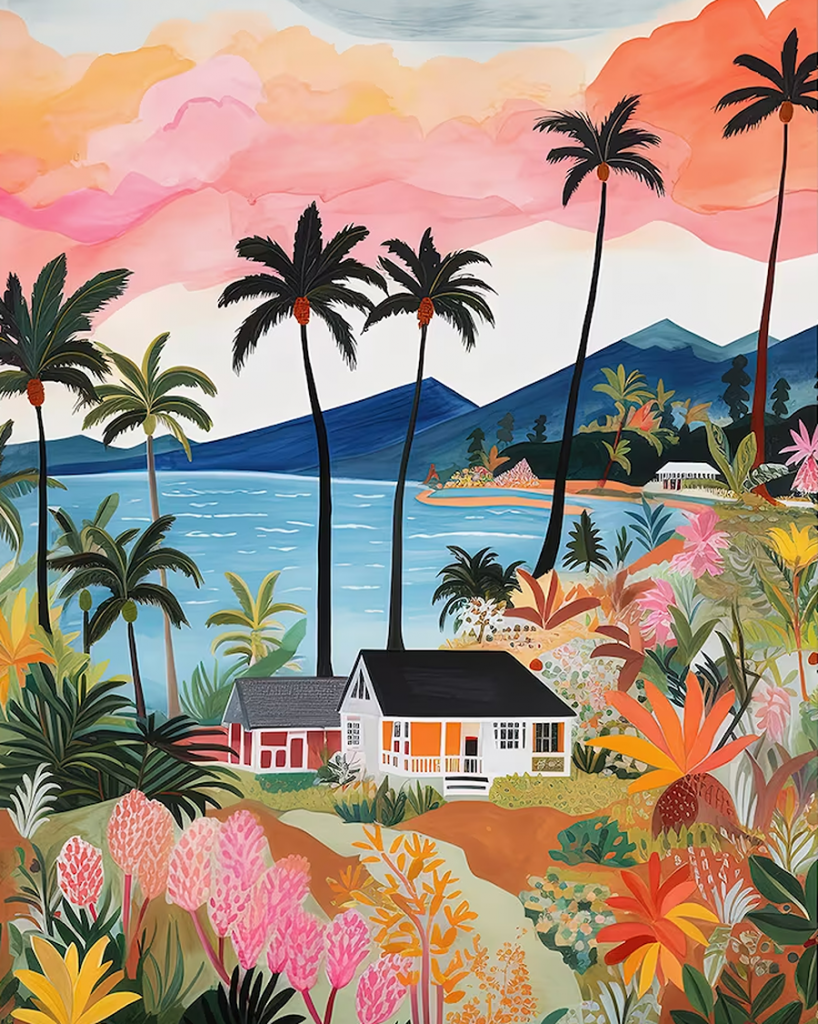
Hawaii is a beautiful island that’s home to volcanoes, stunning beaches, coconut trees and the only US state that grows coffee. And home to an ancient method of forgiveness that has seen former dangerous criminals healed. Hawaii has six major islands:
Kauaʻi is ‘the garden island’ with emerald green valleys, mountains and jagged cliffs, waterfalls, rivers and tropical rainforests.
Oʻahu is home to the city of Honolulu and also lots of popular surfing towns.
Molokaʻi is just 38 miles long and 10 miles across, and home to the world’s highest sea cliffs and the longest continuous fringing reef. Many native Hawaiians live here, living the same rural lifestyle of their ancestors.
Lānaʻi is the quietest of the islands, a slow soothing place with few people and not many roads. The historic town of Lānaʻi City is near a quaint harbour.
Maui is where the August 2023 wildfires caused so much devastation, alerting the world to the realities of climate change. Volunteers have been helping to make up food parcels for local people, and helping local animal shelters.
Island of Hawaiʻi is a (by comparison) young and large island, nearly twice as big as all the other islands put together. Also known as ‘big island’, this is known for its volcanoes and excellent coffee.
plastic pollution around Hawaiian waters
The Great Pacific Garbage Patch is a collection of marine debris in the North Pacific, bound by the North Pacific Subtropical Gyre. In plain English, where most of the ocean’s discarded rubbish collects into one massive mound of (mostly plastic). Divided into the eastern garbage patch (between Hawaii and California) and the western garbage patch (near Japan).
So despite us thinking that Hawaii is a blue beach paradise, in fact it is at risk from plastic pollution, threatening marine creatures, seabirds and rare flowers. Hawaii Wildlife Fund estimates that 15 to 20 tones of marine trashed are washed up on the island’s shores each year, most of which are plastic. Kamilo Beach (on Big Island) is now listed as the most plastic-polluted place on earth, with over 47 tons of plastic removed from the shore in just 24 days. Some of the plastic collected was actually removed directly from creatures by volunteers (including a Hawaiian monk seal, who had netting wrapped tightly around her neck).
On a positive note, Jack Johnson! This wonderfully talented singer-songwriter grew up in this surfing paradise, and still lives here. He has been instrumental in creating plastic-free initiatives, with local schools going on beach trips to remove trash. He and his wife have created a reusable ‘blue pint cup’ made from stainless steel, to help reduce plastic cups.
There are water refill stations throughout the island, along with toy swaps and marine trash identification lesson plans, to get the next generation involved in helping to keep the island in good stead for future years.
the devastating wildfires of Hawaii
In August 2023, wildfires burned down 5 square miles of local homes and businesses, and will take years to rebuild. The likely cause was climate change but some say fallen power lines may have also contributed. The fires (on Maui and Big Island) killed at least 106 people and forced thousands of people to leave their homes and hotels. The town of Lahaina was more or less destroyed. Even six months later, almost 5000 people (many with pets) were still in emergency accommodation.
the spectacular volcanoes of Hawaii
Hawaii is home to six active volcanoes (Mauna Kea is actually the world’s highest mountain, but most is below sea level, which is why Everest is often listed). The islands themselves formed from volcanic eruptions. A massive eruption ins 2018 destroyed roads and homes, and cut off power to local people. Experts say that using the heat from volcanoes as energy would not work as volcanoes are too unpredictable – collecting it would be ‘the most dangerous job on earth’.
We’ll just look at you. If you look scared, then we’ll panic. Discovery Channel crew to volcanologist John Seach, while filming at a volcano
I have seen so many eruptions in the last 20 years, that I don’t care if I die tomorrow. Maurice Krafft (volcanologist on the day before he, his wife and another volcanologist were killed on Unzen Volcano, Japan).

